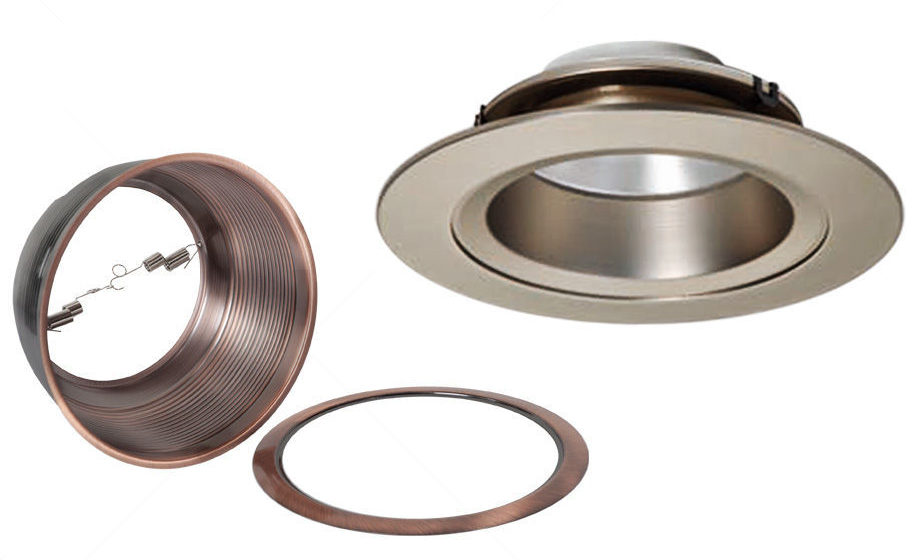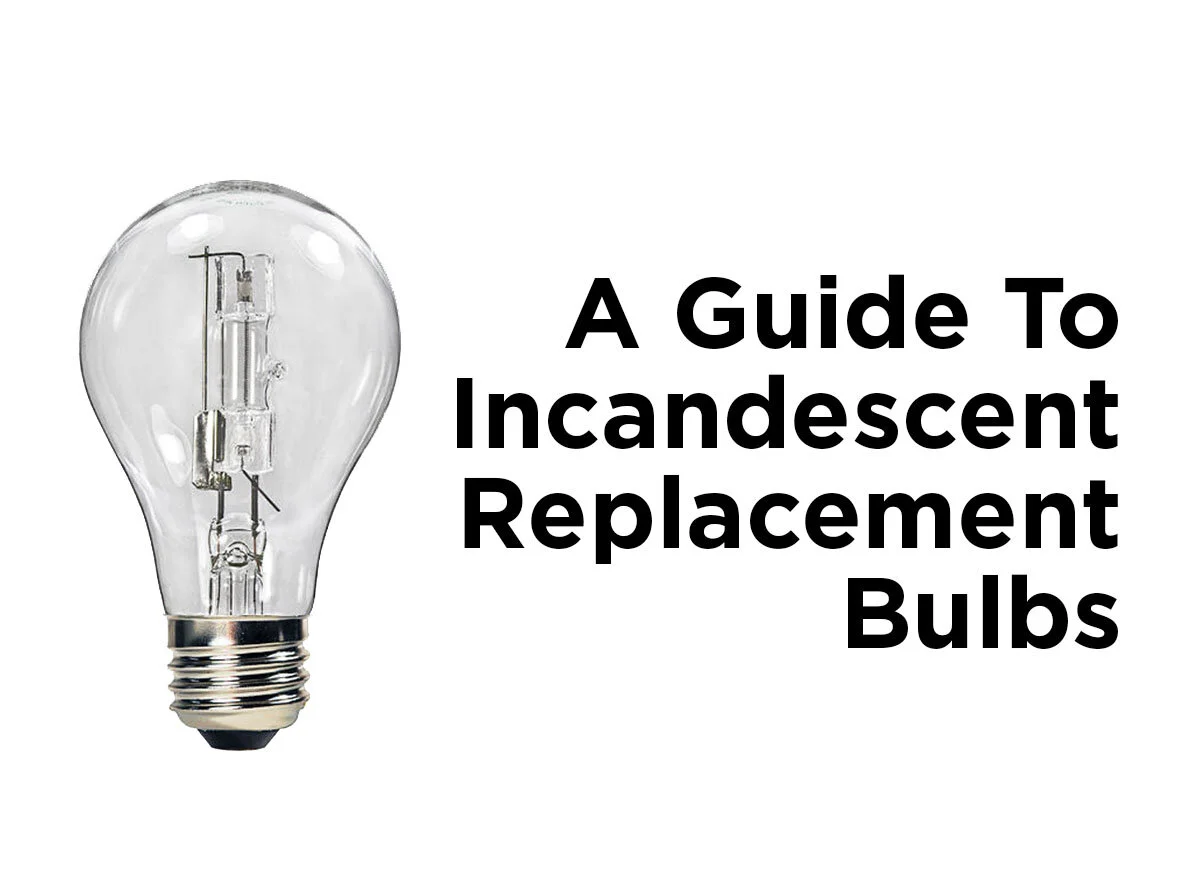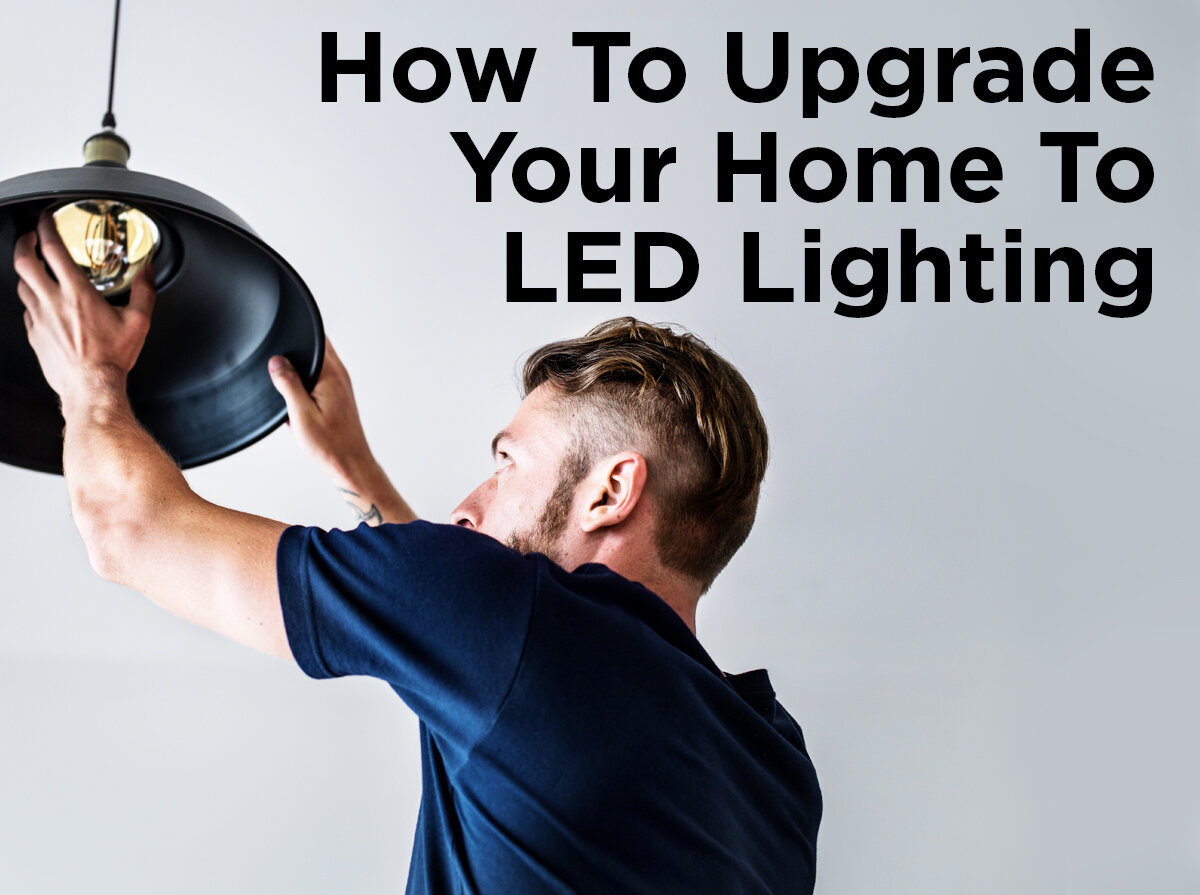How to Choose the Best Trim for Recessed Lighting
This is the second part of our write-up on recessed lighting fixtures. Be sure to read about selecting the right housing for your installation in Part One.
Housings and electronics are important, but they disappear from view after everything is said and done. What stays in sight are the trims and baffles or reflectors. These are the items you need to consider from a more aesthetic viewpoint.
The trim is usually most visible. It covers the point where the ceiling joins the downlight to create a smooth and stylish transition between surface and light. The color and material should match or complement the room. The simplest measure is to choose the same color as the ceiling. A thin trim that matches the ceiling can easily hide your lighting and keep the focus on what your lights are illuminating instead of emphasizing the ceiling. Alternatively you can change materials and colors to create a stylish decorative fixture. Trims can even help to emphasize and direct the light depending on the purpose of your light.
Wall wash trims will direct the downlight to the side and illuminate a wall.
Adjustable trims give you the option of aiming the downlight and improve flexibility if you need to change spotlighting or have installed the downlight in a sloped ceiling.
Pinhole trims help to prevent light spill and keep illumination focused downward.
Baffles absorb light to minimize glare while reflectors refocus the light to improve lighting efficiency. Both of them work to modify the illumination your downlight produces. If you plan to use a standard shape, or A-shape, lamp, then a reflector will redirect more of the light out from the lamp to maximize output while a baffle will subdue output to give a softer glow.
Other trims can be purely decorative with no or little effect on lighting. Some trims come as part of a full downlight module, which means there are no bulbs or custom options. Waterproof shower trims are designed with a gasket seal to keep moisture out of a lamp’s electronics. The trim should be selected around your intended use. For general lighting, a simple trim and reflector to spread light across a large area is ideal while a baffle will remove general glare. Any place with water vapor, above the stove or a shower, would use a shower trim trim or a trim with a UL wet or damp location rating (or equivalent). Wall wash trims are perfect when you want soft light reflected off a wall and pinhole trim is for spot-lighting beneath the downlight.
So, whether you’re making a new installation before the ceiling is put in or you’re retrofitting an installation into an existing ceiling, pay attention to what lighting effect you want. Choose the correct housing for size, voltage rating, and insulation contact. Then polish everything off with a decorative or utilitarian trim to flavor and finish with the best in stylish lighting that highlights what’s in the light rather than drawing attention to the source.
We’d love to hear about your home lighting project so tell us about your own adventures in installing recessed lighting on Facebook, Twitter, LinkedIn, or Pinterest!








